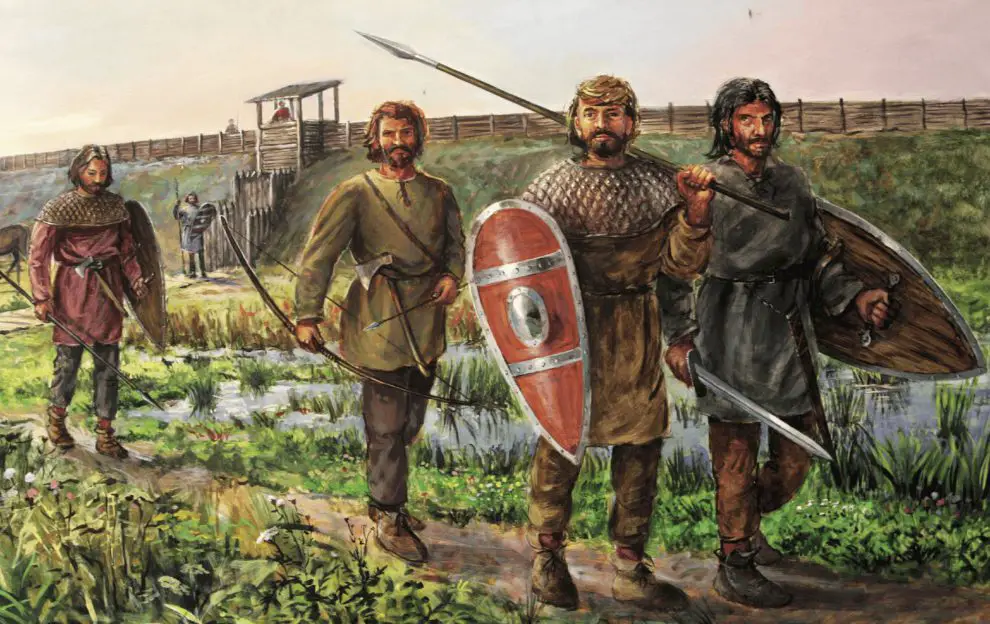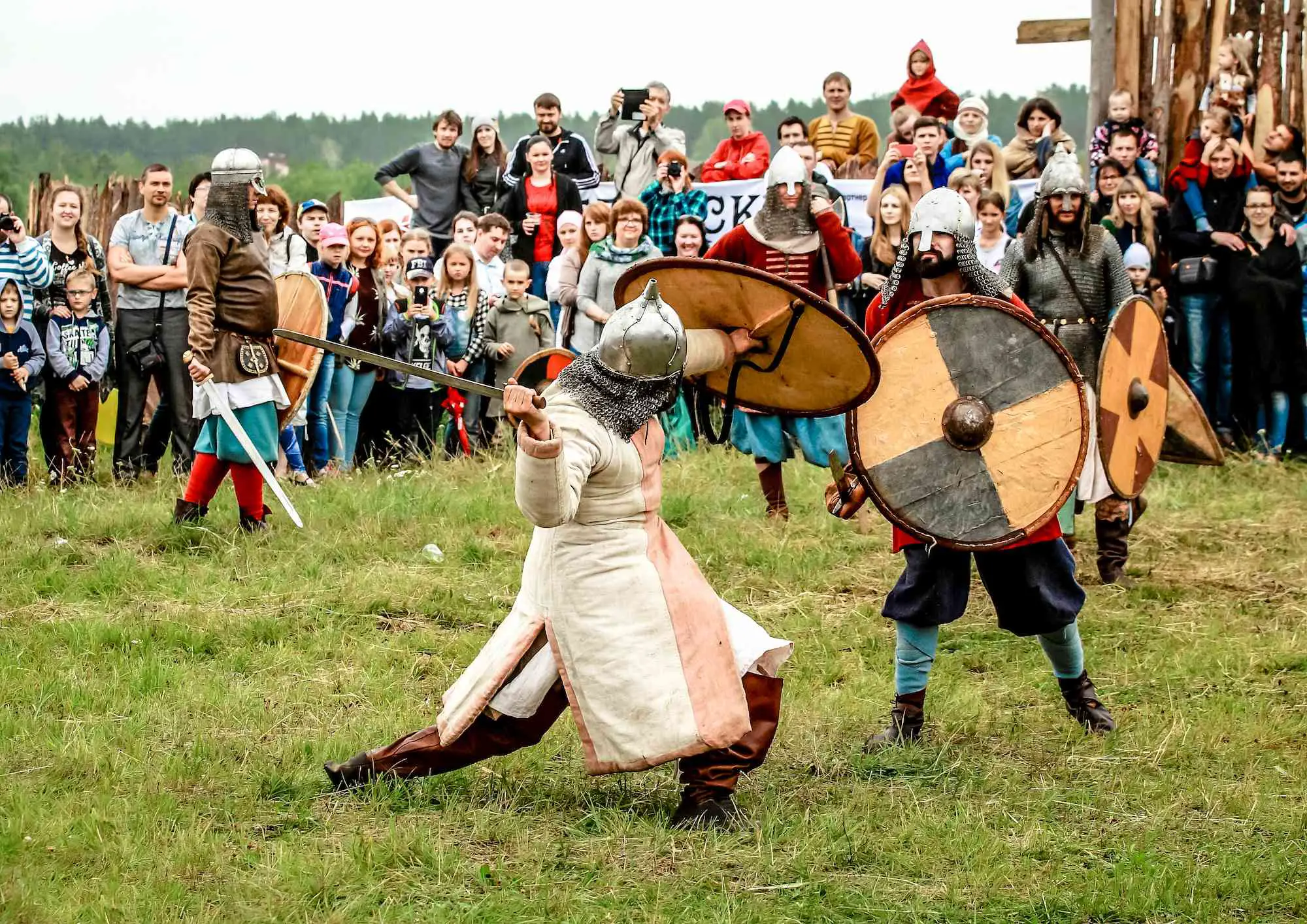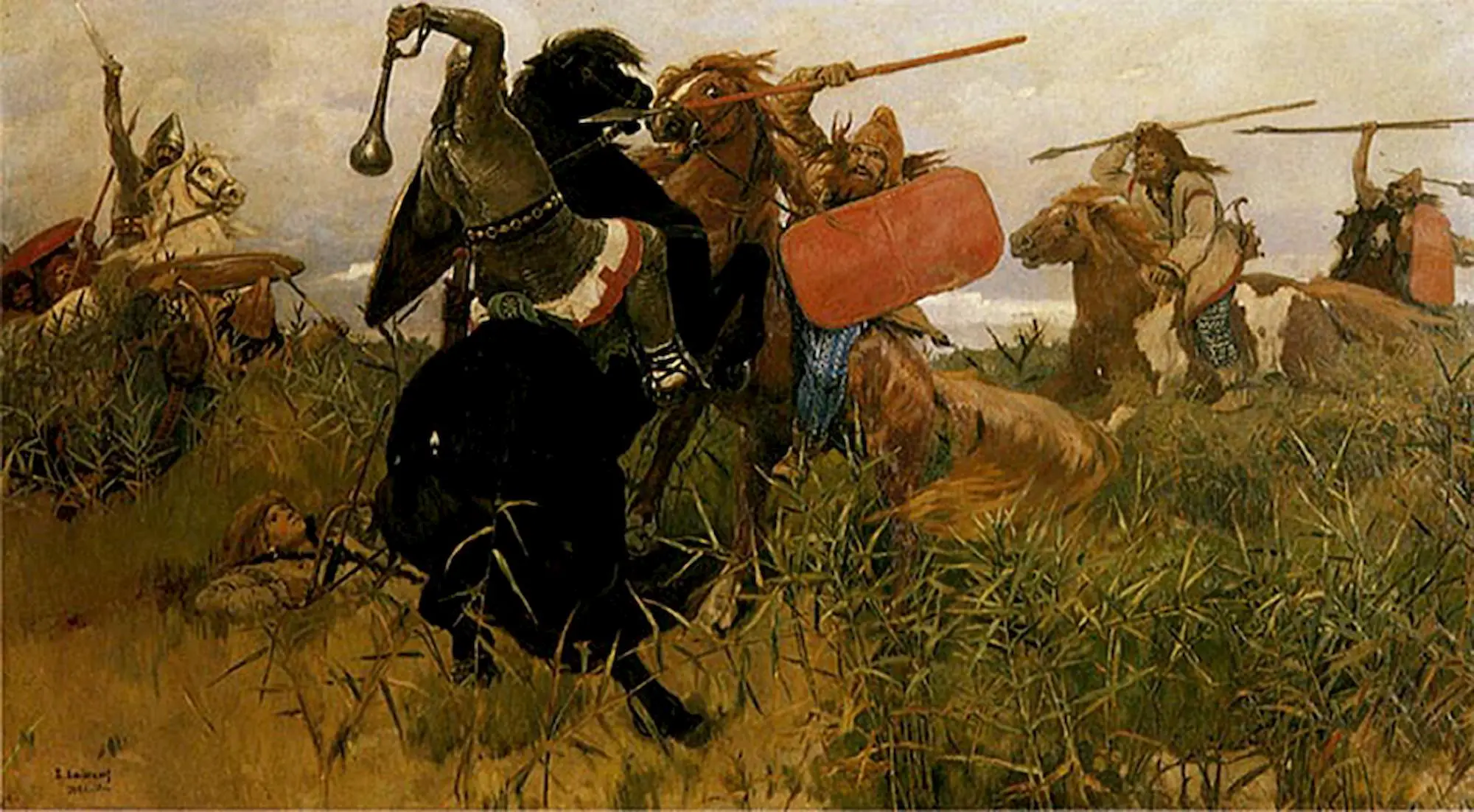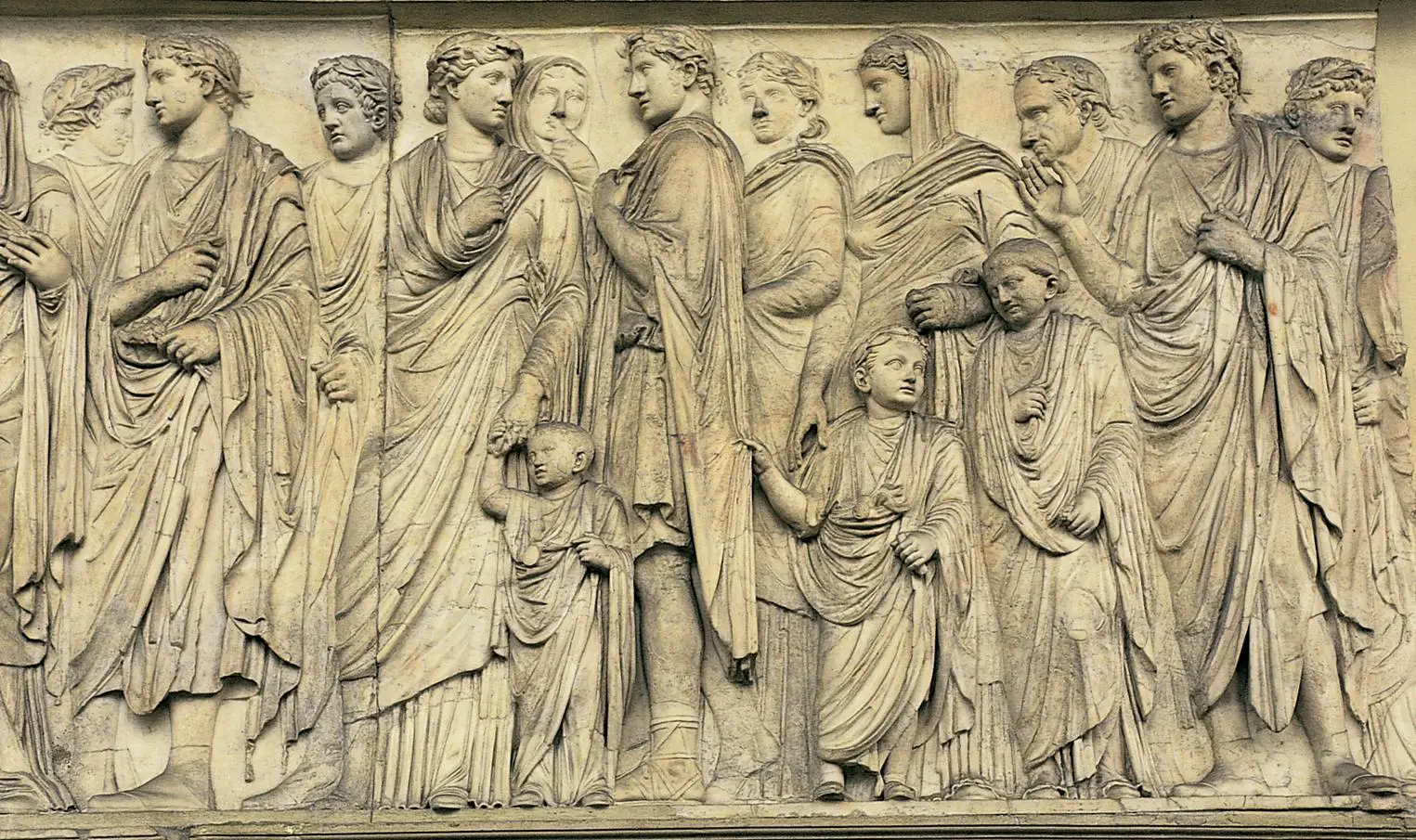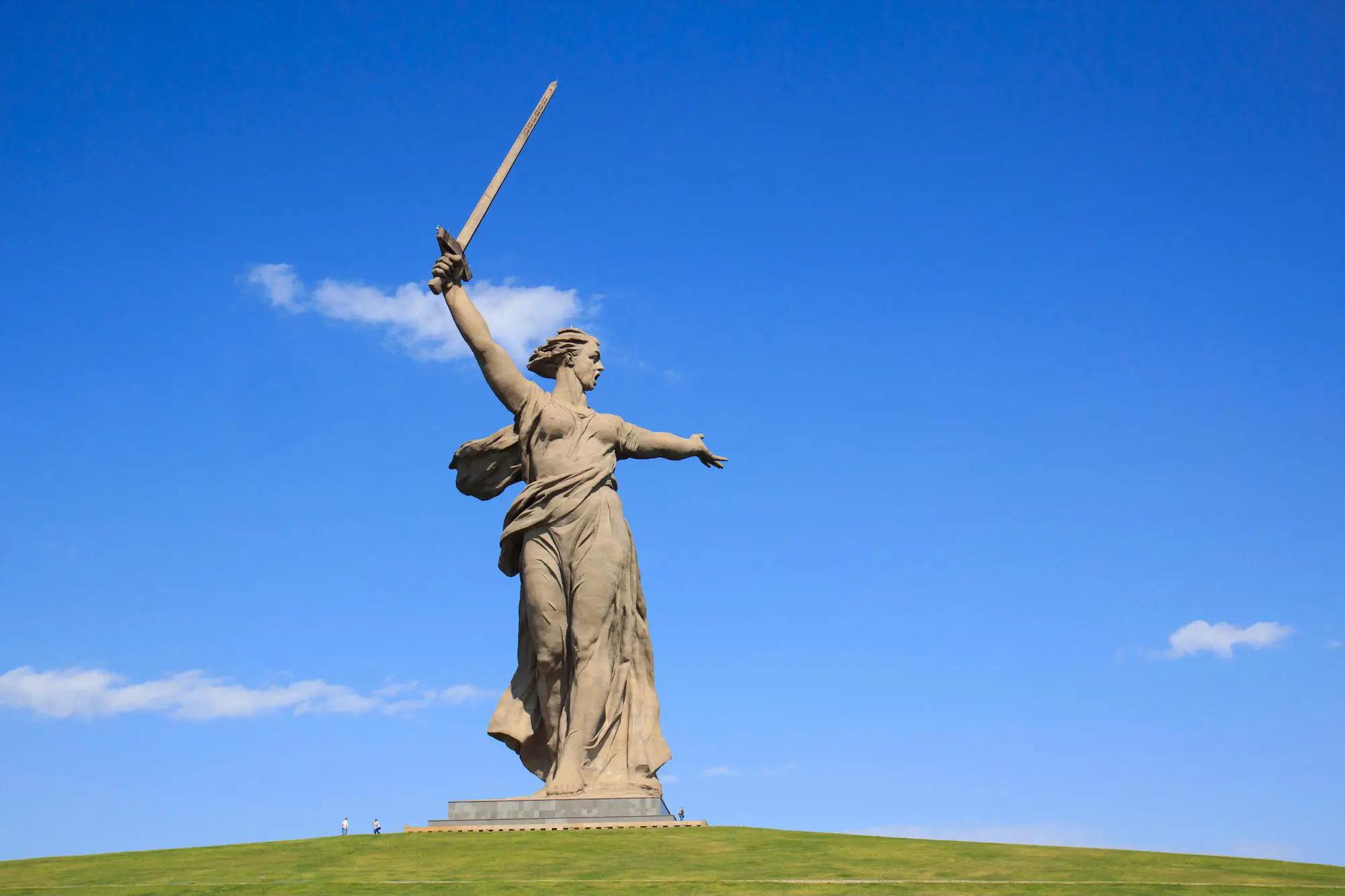The lack of information about the Slavs before the 6th century makes them widely mystified. There are claims that they were powerful warriors, while others believe that there were Viking Slavic warriors. According to history, they are mentioned for the first time in Byzantine writings as barbarians. They are described as wild and uncivilized.
The Slavs started descending from the Carpathian Mountains somewhere around the late fifth century. By the sixth century, they managed to inhibit territories between the Black Sea in the east, the Ionian Sea in the south-west, the Balkan Mountains in the south, the Baltic Sea, and in Central Europe.
They started settling mainly in the Roman territories which annoyed the Romans. There isn’t much written about whether they were good warriors, or whether they had some particular Slavic weapons, but they were probably strong enough since the Romans saw them as a threat.
Table of Contents
Slavic Warriors
According to some historians, the early Slavs were mainly setting up agricultural settlements around the fortified cities, leaving the folks inside undisturbed. Since most of them worked in the fields, they couldn’t contribute much to the arts of war.
Even if they didn’t have an organized military system in the ancient centuries, the Slavs surely had a warrior-like spirit. Otherwise, they wouldn’t have survived once they descended from the mountains and found themselves trapped between the Byzantine and the Frankish Empire, the warlike Germans, and steppe nomads with great martial abilities (like the Huns for example).
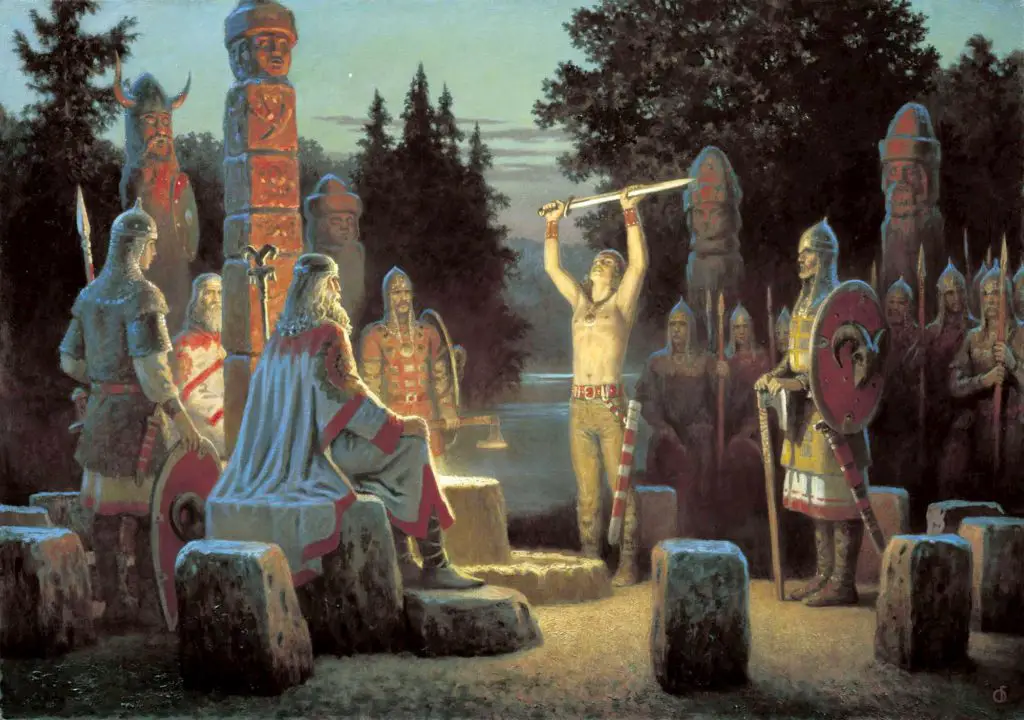
By the sixth century, they managed to inhibit territories between the Black Sea in the east, the Ionian Sea in the south-west, the Balkan Mountains in the south, the Baltic Sea, and in Central Europe.
By the sixth century, they managed to inhibit territories between the Black Sea in the east, the Ionian Sea in the south-west, the Balkan Mountains in the south, the Baltic Sea, and in Central Europe.
Interacting with so many different cultures, they had to learn and adapt their skills and weapons so that they would be able to defend themselves from all enemies.
But as soon as they started to associate more intensely with other cultures, especially the Germans in Central Europe, it wasn’t hard for the Slavs to show their warlike abilities. Also, on the other side of Europe, in the Kievan Rus, the Slavs rose up into great warriors that are described in the folklore of the Russians and Ukrainians.
Slavic warriors were known to be very friendly and hospitable, even to their prisoners. It is said that after spending some time in captivity, their former enemies were given a choice to pay a ransom and go back to their homes, or stay and live among the Slavs. Those, who decided to continue their lives in the new land, were treated as equals.
Most Famous Slavic Warriors
Throughout the centuries, the Slavs interacted with different ethnicities and nations, and after being properly trained, they had an opportunity to prove themselves as brave, strong, thoughtful, and sharp-minded. All Slavic nations have at least one legendary Slavic warrior that is part of their history or folklore.
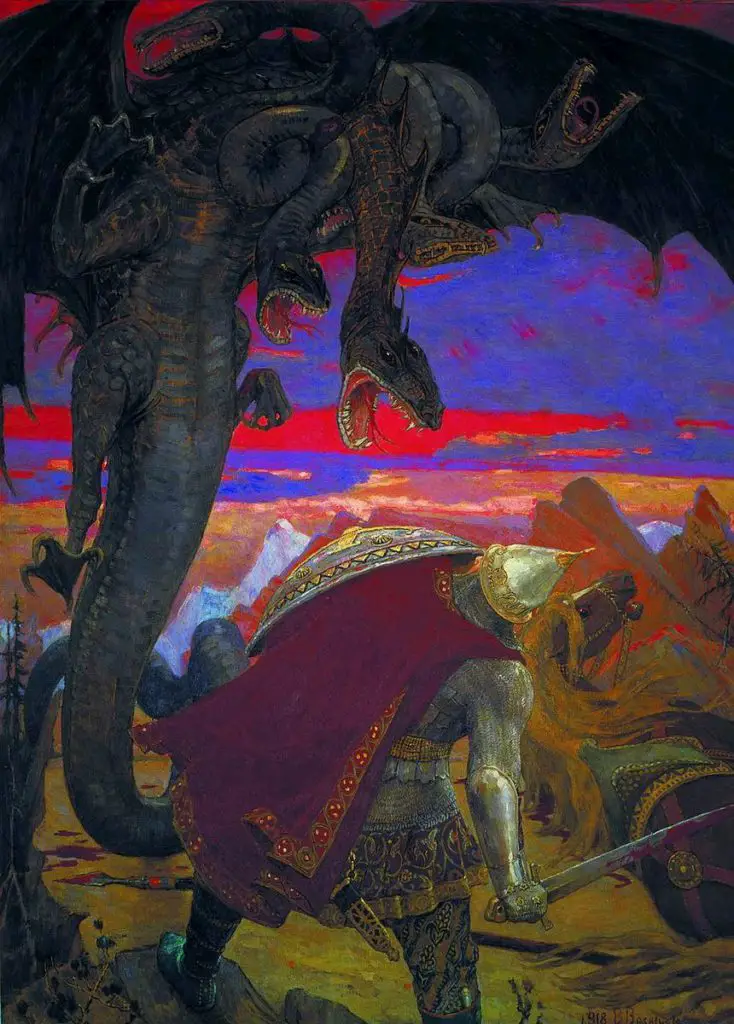
Bogatyr Dobrynya Nikitich
Dobrynya Nikitichis one of the most popular bogatyrs which are epic knights from the Rus’ folklore. Most of the tales about him are fictional, but the character is based on the great real-life warlord Dobrynya, uncle and tutor to Vladimir the Great.
Dobrynya is represented as a brave and strong patriot with supernatural strength. He was a military leader who defended his land from the foreign enemies, mostly the Turks. One of the most famous epic tales is about the struggles Dobrynya had with a female dragon who was defeated in the end.
Jan Žižka
He was born in Trocnov, the Kingdom of Bohemia (Czech Republic) in 1360, to an aristocratic family. He was a general and a follower of the military leader, Han Huss, Hussie. He fought in the Battle of Grunwald against the Teutonic Order in 1410 and led the Hussite armies in the victorious battle against the German king Sigismund. In 1421, he defeated the Holy Roman Empire and Hungary in the Battle of Kutna Hora. To this day, Jan Žižka is considered a national hero in the Czech Republic.
Luka Ibrišimović, O.F.M.
Luka Ibrišimović wasn’t a warrior in particular, but a friar who led an uprising against the Ottomans in Slavonia (one of the four historical regions of Croatia) and defeated them on March 12, 1689. He was born in Požega or Sibinj around 1620 and as a friar, he was dedicated to the building of churches. His victory is celebrated every March 12 in the town of Požega, with festivities.
Zawisza Czarny
He was the great Polish flawless knight, winner of European tournaments, participant in the Battle of Grunwald and all the most important events of the first half of the 15th century. Born in 1375, he became one of the most trusted people of the Polish King Władysław Jagiełło. He died as a true Christian knight, in a battle against the Muslims. The nickname „Czarny” means „the Black” and was created due to his black hair and black armor, which is kept at the Jasna Góra Monastery in Poland.
Miloš Obilić

Miloš Obilić is a legendary Serbian knight from the Middle Ages, who is a major figure in the Serbian epic poetry. He is a knight who, according to the legend, killed the Turkish Sultan Murat I in the Battle of Kosovo. In the formal history classes, Miloš Obilić is not mentioned as the killer of Murat I. As a matter of fact, many historians doubt whether he really existed or, is a product of epic stories and legends.
The Polish Hussars
The Polish Hussars, also called Winged hussars were one of the main Polish cavalry that gained popularity between the 16th and 18th centuries, in Poland and in the Polish–Lithuanian Commonwealth. There is no information about ancient polish warriors, but this cavalry was made of Polish warriors [1].
This unit was adopted by the Polish military during the 16th century and transformed into a heavily armored shock cavalry. The hussars participated in the Battle of Vienna in 1683, which is the largest cavalry charge in history.
Related posts
A Warrior’s Lifestyle
Slav warriors were tall and well-built. These men valued physical strength, marksmanship, and quick thinking. Their lifestyle could only be called Spartan but their tempers were hot as fire. Ancient history records state that the Slavs were quick to start a fight, and they transferred this quality to the battlefield, exploiting it masterfully.
Their way of life prevented the warriors from accumulating wealth, as they need to be able to move out at a moment’s notice. This is why their accommodation was usually free of any decoration, apart from war trophies that grew in number as Slavic expansion progressed.
The honor was immensely important to every warrior, as was family. The institute of “brotherhood” also took a very special place in the Slavic culture. These brothers in everything but blood were born through ferocious fights that men had to go through. One must be sure that he can have a trusted partner to cover his back, and this is what the “brothers” were for.
Giving people a sense of being a family, making it more important to fight for and protect each other in the face of any danger. Devotion and support that these warriors could count on from their comrades gave them power and made all of their attacks more efficient.
Are the Slavs Vikings?
Yes and No.
When we talk about Slavs, it is hard to generalize their culture, social life, and physical characteristics. That means that yes, there are Slavic Vikings, and no, not all Slavs are Vikings. The information in the history books is scarce, therefore it is hard to say whether there was some interaction between the Slavs and the Vikings.
When the Slavic people started inhibiting new territories, they started mixing with different tribes and ethnicities. According to the Traditional Western School, it was Scandinavian Vikings who migrated southward from the Baltic coast between the 9th and 11th centuries and settled on the territories of modern Ukraine, Russia, and Belarus, with a center in modern Kiev. They became known as the Varangians – the Vikings who ruled with the Rus people (the east Slavs) that already lived there.
On the other hand, Russian scholars believe that a southeastern Slavic tribe known as Rus founded the Kievan state which was only briefly attacked by the Varangians.
While some historians believe that the Vikings known as Varangians settled on Slavic territories and started mixing with the Slavic people. In that sense, it can be said that some of the east Slavs are Vikings. To this day, there are physical characteristics among the Slavs in the northeast of Europe that resemble Vikings.
Slavic Women Viking
There is a grave on the island of Langeland, in Denmark, from the 10th century which was believed to contain the bones of a Viking warrior girl. However, new research shows that the warrior was probably Slavic, from the area of present-day Poland.
The grave contains not only the bones of the Slavic/Viking female but also a Slavic axe and a 10th-century Arab coin. It was the only grave in the cemetery found to contain weapons, suggesting its occupant was a warrior, though the bones don’t indicate she died in battle.







